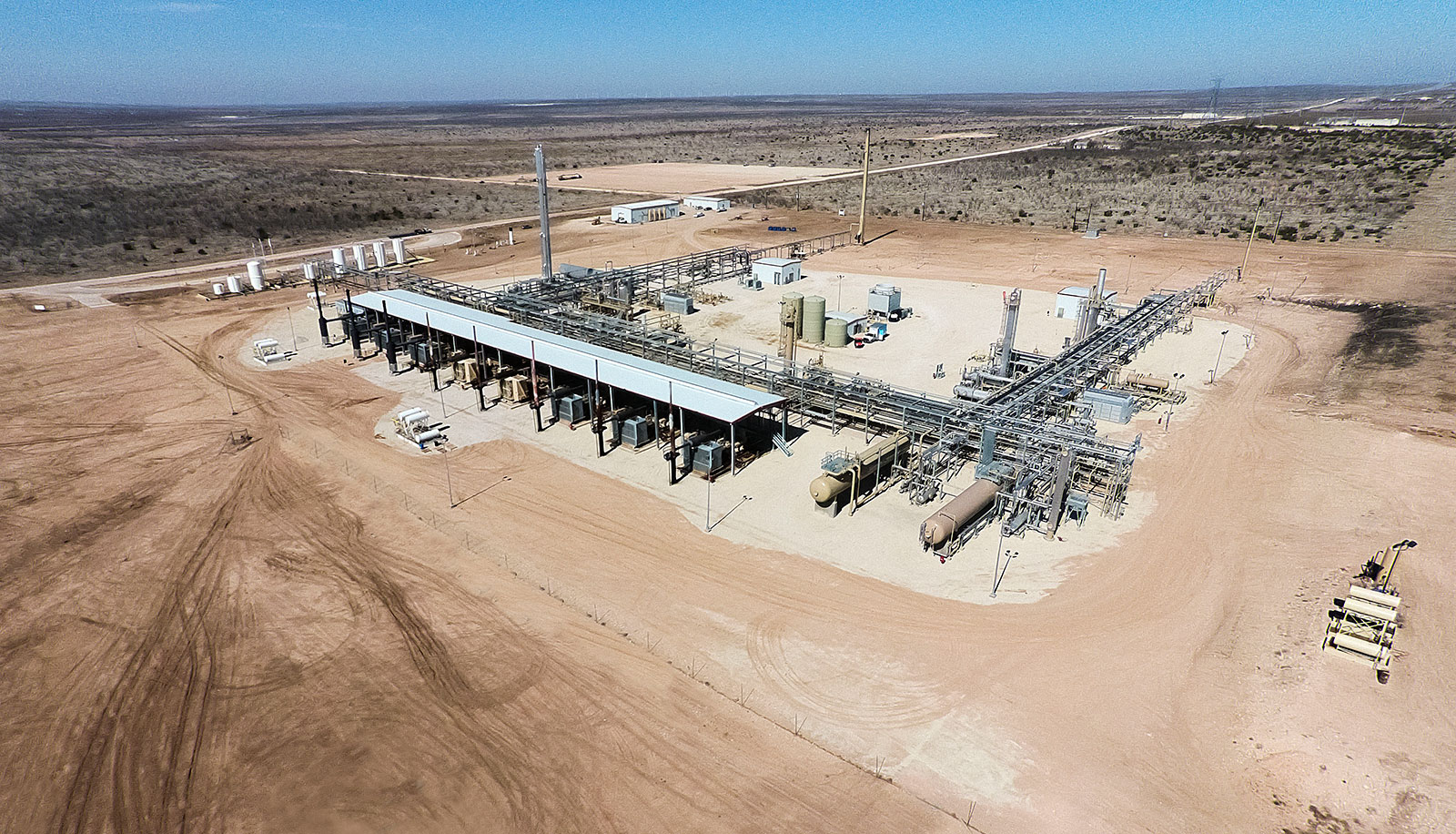Carbon dioxide (CO₂) is one of the biggest contributors to greenhouse gas emissions. Emission sources vary from the cement industry to chemical plants to natural causes like forest fires, deforestation, etc. As a result, climate change and global warming have become predominant and play a major role in rising global temperatures. Per the Paris Agreement, more than 100 countries across the globe have pledged to cut emissions and meet “Net-Zero” targets by 2050.
Carbon Capture is touted as the critical piece of the climate change puzzle, with numerous technological advancements over the years to limit and capture the amount of CO₂ being emitted from various sources. Among the multiple carbon capture processes/models, two models have been deployed:
Post-combustion carbon capture
- It involves capturing CO₂ from sources like cement kilns, compressing and purifying the gas and inducing it into the pipeline for sequestration.
Direct Air carbon capture
- Capturing CO₂ directly from air, compressing and purifying the gas followed by pipeline induction for sequestration or other end uses.
While both models have their pros and cons, they have received a massive boost from IRA incentives.
At BCCK, we are committed to helping our customers meet their CO₂ reduction goals and align with the bigger goal of meeting net zero by 2050. As a full-service EPC provider with a strong network of partners and vendors, we have a technology-agnostic approach to Carbon Capture projects and can offer solutions catered to customer and project needs.
Owing to the 40-year history in providing gas processing equipment, BCCK can provide technologies to treat and remove trace impurities from CO₂ gas.

